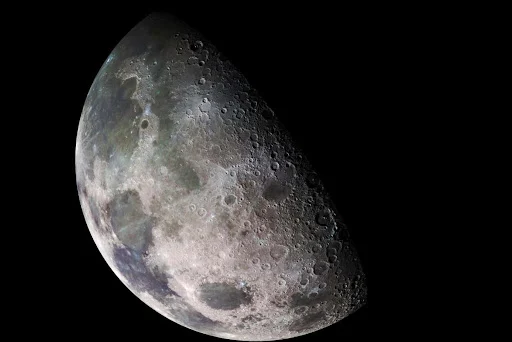Moon 40 Million Years Older Than We Thought, Scientists Say.
Scientists have discovered that the moon is about 40 million years older than previously thought, according to a new study published in the journal Geochemical Perspectives Letters. This means that the moon formed at least 4.46 billion years ago, just 100 million years after the solar system itself formed.
The researchers used a new technique to analyze zircon crystals brought back from the moon by the Apollo 17 mission in 1972. Zircon crystals are very resistant to heat and weathering, so they can preserve their original composition for billions of years. This makes them ideal for dating ancient rocks and minerals.
The researchers found that the zircon crystals in the Apollo 17 samples were formed at least 4.46 billion years ago. This is older than any other lunar rocks that have been dated, and it suggests that the moon must have formed even earlier.
The new findings challenge the current understanding of how the moon formed. The prevailing theory is that the moon was created by a giant impact between Earth and another Mars-sized object early in the solar system's history. However, the new findings suggest that this impact must have happened even earlier than thought.
"Our findings have important implications for our understanding of the early solar system and the formation of the Earth-moon system," said lead author Jennika Greer, now at the University of Glasgow. "They suggest that the giant impact hypothesis needs to be revised, and that the moon must have formed very early in the solar system's history."
The new findings also have implications for our understanding of the moon's evolution. The fact that the moon is older than we thought suggests that it has had more time to cool and solidify. This could mean that the moon's interior is more complex than we thought, and that it may contain more resources, such as water and minerals.
The new study is just the latest in a series of discoveries that have challenged our understanding of the moon. In recent years, scientists have found evidence that the moon is more geologically active than we thought, and that it may even have a subsurface ocean. These discoveries are forcing us to rethink our understanding of the moon and its place in the solar system.
